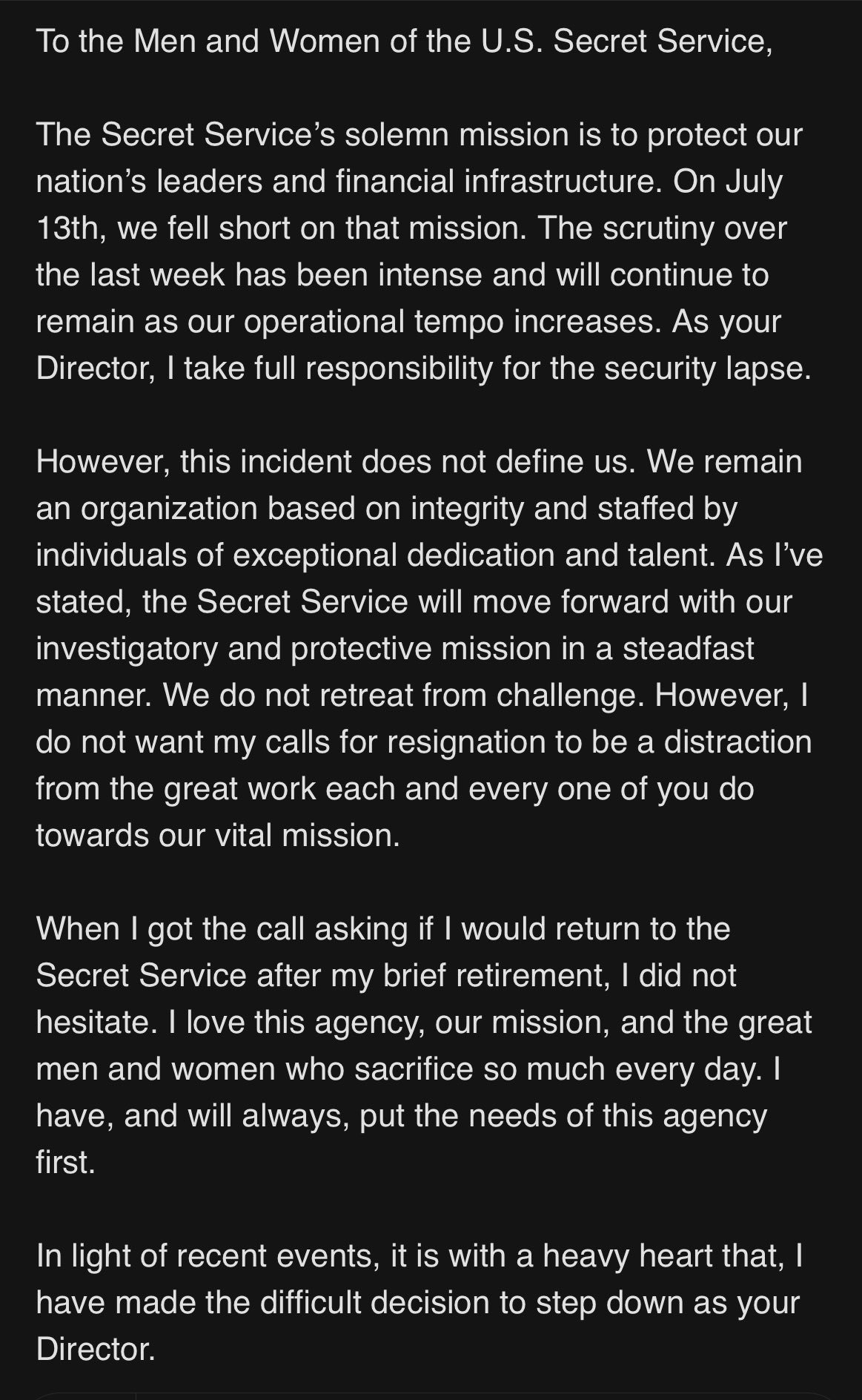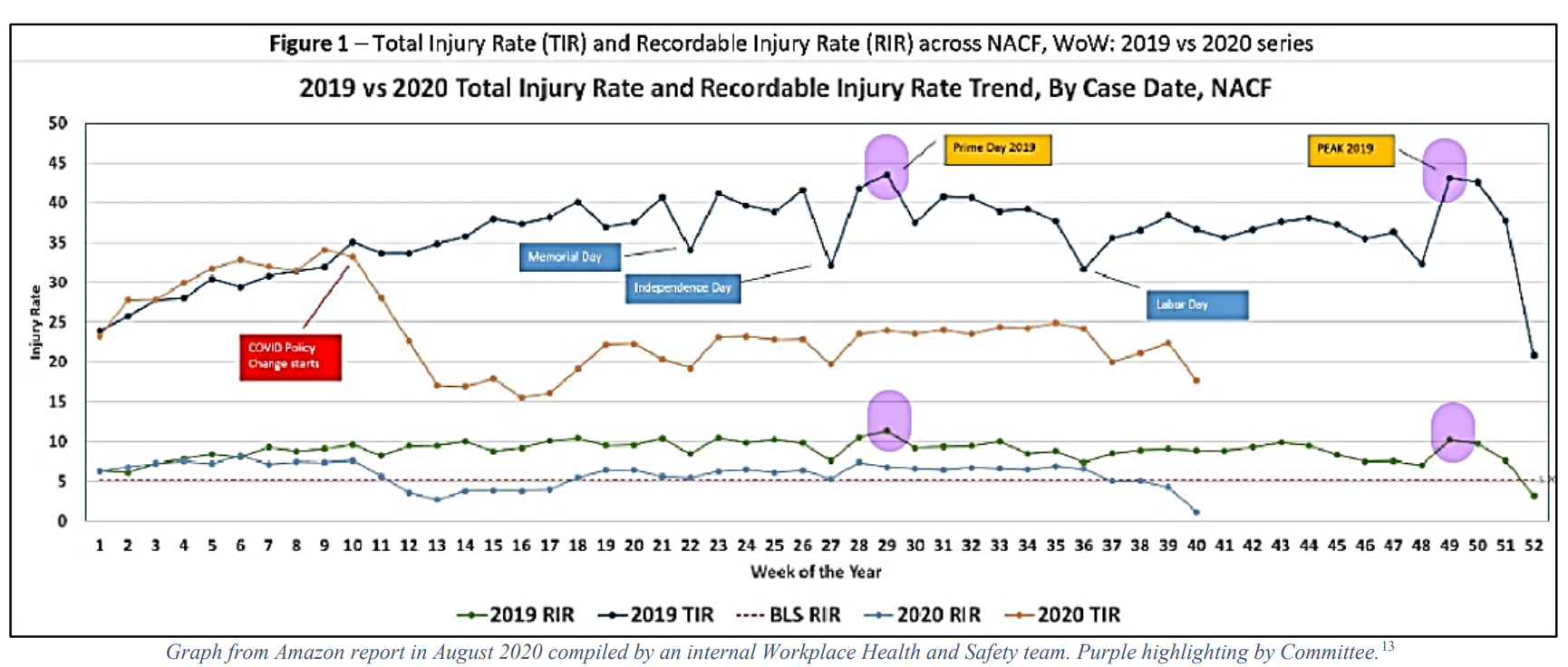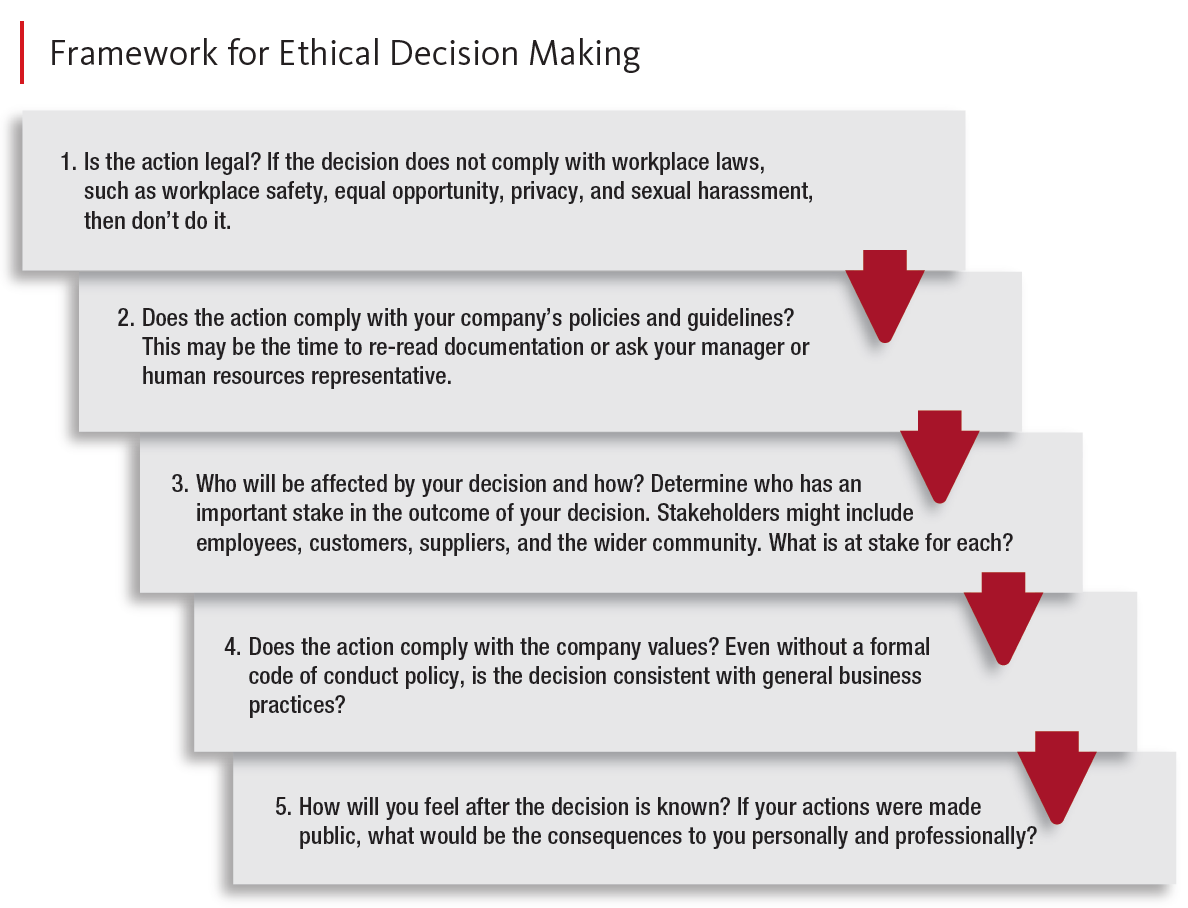A Wall Street Journal article cites social psychology research about using “we” instead of “you” to increase receptivity to negative feedback. The title and subtitle of the article are “The Secret Power of Using ‘We’ During Difficult Conversations: Bosses who use ‘we’ instead of ‘you’ are more likely to get employees to listen to negative feedback, according to new research.” Based on the research, this conclusion is an overreach.
The authors, whose research was published in Journal of Experimental Social Psychology, acknowledge that using “you” can increase feelings of connection and relatability and facilitate persuasion, as we teach in business communication classes. However, they note that these uses are in non-adversarial situations. For adversarial situations, they explain the value of “we”: “If you seem like you’re an open-minded person yourself, people naturally want to reciprocate that. Changing the pronouns you use from ‘you’ to ‘we’ can make your audience more open to your message. It’s kind of a secret power.”
The research includes several wide-ranging studies, including Reddit comments, pitches, and political speeches. Only one of the studies dealt with negative feedback. Respondents were told they are part of a team reading feedback that one team member had written about another:
You Condition: Sam, you should have made more progress faster. Your timeline was too relaxed, and you kept making errors along the ways that delayed the project. You could have worked harder early on to ensure you had enough time to catch any additional mistakes. Next time, you should make sure that your timeline accounts for unexpected challenges along the way.
We Condition: Sam, we should have made more progress faster. Our timeline was too relaxed, and we kept making errors along the ways that delayed project. We could have worked harder early on to ensure we had enough time to catch any additional mistakes. Next time, we should make sure that our timeline accounts for unexpected challenges along the way.
This is quite a different situation from what the WSJ reporter implies in the article subtitle—which could include managers giving feedback to their direct reports. I can think of many situations in which using “we” would sound terribly condescending. True, in business communication classes, we teach that “you” should be avoided when criticizing, as the above example illustrates. But the “we condition” could sound patronizing coming from a manager who wasn’t part of the team. Doctors and teachers sound patronizing when they say, “How do we feel?” or “We don’t talk when others are talking.” Also, although the “you condition” is harsh, saying something like, “we kept making errors,” when it was only Sam who made the errors is also patronizing—and false. In addition, context always matters. This is a difficult study to extrapolate from when respondents don’t have a stake in the situation.
The danger is conveying the “royal we,” or nosism—using the plural to refer to ourselves. Here’s the history:
The practice has been associated with the English monarchy since the 12th-century rule of Henry II, who used the pronoun “we” to signify that because he ruled by divine right, he represented both himself and God simultaneously.
If managers use the term to speak for God, no wonder it comes across as patronizing.
An exception may be in languages that distinguish between formal and familiar pronouns, for example tu and vous in Spanish. This needs more evidence, but a Wikipedia entry refers to the “nonconfrontational we” and claims that “we” is often used in recipe instructions and to avoid the overly informal (for example, ¿Cómo estamos? which means, How are we?). Some consider this a sign of respect.
Still, in American work environments, managers should avoid “we” when they mean “you.” Without using any pronoun, managers will sound respectful and appropriately direct. They can focus on the work and express first-person observations to convey the impact of the behavior, for example, “I saw [the client] close the deck after she noticed the miscalculation on page 4,” or “I wonder how Noah will react to your question about other proposals. What do you think?” In the research example, a team member could say about Sam’s performance, “I noticed and fixed several errors that delayed the project.“
(More about the editorial we here from a near-classic NY Times editorial.)
Image source.
























